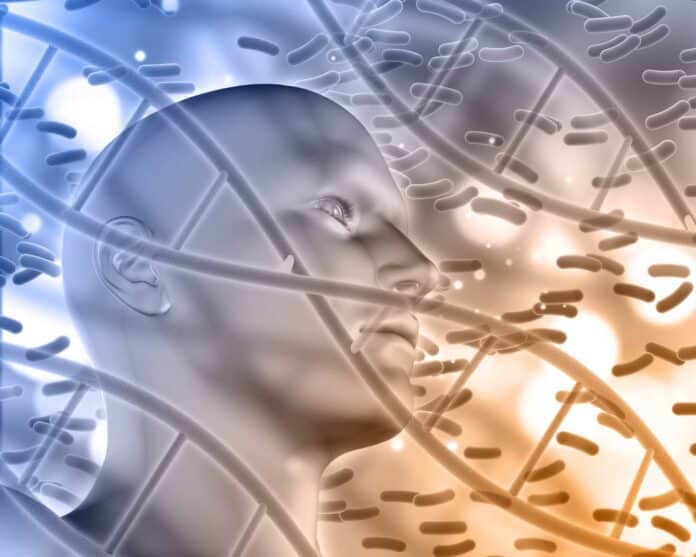Scientists at the University of Queensland‘s Queensland Brain Institute have made an exciting discovery about RNA and its role in how we learn and remember fearful experiences. It’s all about how RNA fine-tunes the cellular functions in the brain.
Scientists found that a specific kind of RNA, known as Gas5, helps move and group other RNA molecules in the long processes of neurons. It also orchestrates neuronal excitability in real-time, which is crucial for learning and memory.
Professor Timothy Bredy said, “In this study, we found learning-related RNAs at the synapse, and one, in particular, called Gas5, seems to be uniquely required for fear extinction memory.”
This discovery expands on prior research from the Bredy Lab this year, which discovered a distinct population of RNAs relevant to learning that gather close to the synapse. They found numerous new synapse-specific RNA in that study. These RNAs carry a particular chemical tag known as N6-methyladenosine (m6A).
Lead authors Dr. Sachithrani Madugalle and Dr Wei-Siang Liau said the findings highlighted the importance of m6A-modified RNAs in regulating synaptic plasticity.
“Readers are proteins that bind to the chemical tag and direct it to locations and functions,” Dr Madugalle said.
“The readers allowed us to determine the functional role of m6A-modified RNA molecules in forming new memories.”
Through the analysis of one such RNA, Malat1, scientists were able to identify the critical proteins that interact with this RNA and facilitate mechanisms associated with fear extinction, a significant kind of memory.
Impaired fear extinction is linked to post-traumatic stress disorder (PTSD).
Malat1 can interact with various proteins in the synaptic compartment chemically decorated with m6A. This can change the mechanisms behind the formation of fear extinction memory.
Scientists noted, “This new information may inform the development of future RNA therapies to address PTSD.”
“Understanding where, when, and how an RNA molecule is activated and having a precise marker will help us identify the target for therapies.”
In both studies, scientists used an innovative tool to manipulate the functional state of an RNA molecule.
They are now looking for ways to harness RNA to control the aspects of synaptic function underlying memory formation and to potentially develop an RNA therapeutic for the treatment of PTSD and phobia.
Journal Reference:
- Liau, WS., Zhao, Q., Bademosi, A. et al. Fear extinction is regulated by the activity of long noncoding RNAs at the synapse. Nat Commun 14, 7616 (2023). DOI: 10.1038/s41467-023-43535-1
